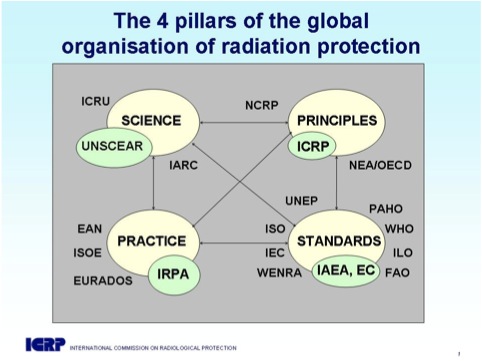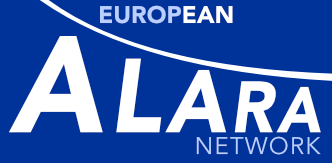Extracts from the IRPA website
Helsinki hosted the third European IRPA Regional Congress during the week of 14 June 2010. The Congress attracted 850 participants from 44 countries. There were 157 oral presentations and 351 posters. The program featured a wide range of topics and refresher courses. A summary of the Congress sessions can be viewed and downloaded from the IRPA website (http://www.irpa.net - see Publications section).
Special focus on the EAN presentation (by Annemarie Schmitt-Hannig (BfS)
The presentation of the European ALARA Network has got a lot of interest, in particular by International Organisations such as IRPA and WHO, who expressed great interest to be involved in EAN activities in the future and offered EAN to use their official distribution channels for disseminating information on ALARA. The presentation can be downloaded from the EAN webpage (http://www.eu-alara.net - see EAN Documents and Publications section).
Brief summary of the International Organisations Forum held during the Regional Congress
The Forum was organised and chaired by Renate Czarwinski from IAEA as part of the Congress Programme (Plenary Session) to review the activities of the International Organizations (EC, IAEA, ICRP, ICRU, ILO, NEA/CRPPH, UNSCEAR, WHO) in radiation protection and conduct a roundtable discussion, moderated by Jacques Lochard (CEPN, France), on the future needs and challenges. The various contributions can be summarized as follows:
- The general challenges facing radiation protection professionals for the coming decades are:
- continuous and rapid increase of medical exposures,
- increasing concern about natural exposures (NORM and radon),
- maintenance of vigilance and good records within the nuclear fuel cycle for both the aging existing installations, and the numerous new installations to be built in the near future, particularly as exposure to maintenance and transient workers are concerned, and
- pursuit of research on low dose radiation effects.
In discussing the need for low dose radiation effects, it was noted that it is necessary to maintain a balance between epidemiological and radiobiological research because the two disciplines are indispensable for establishing sound and effective radiation protection principles.
- More rapid developments related to radiation effects on the lens of the eye, radiation induced vascular effects, protection of the environment from radioactive releases and residues, and attributable risk to radiation are needed to make proper decisions in the coming years.
- Stakeholder involvement is now recognized by all organisations as an effective process to enhance the quality of radiation protection. Efforts should be developed to improve the engagement of stakeholders in the medical field and in existing exposure situations in particular for protection against radon exposure.
- International and professional organizations involved in the global organization of radiation protection must pursue their cooperation for the development of a universal and effective system of radiation protection and take into account the raising role of international networks of authorities, practitioners and operators.
Figure 1. The 4 pillars of the global organisation of radiation protection as presented by ICRP and UNSCEAR Figure taken from W. Weiss, Future direction of the works of UNSCEAR, 3rd European IRPA Congress - International Organisations Forum, 14-18 June 2010, Helsinki (Finland)

